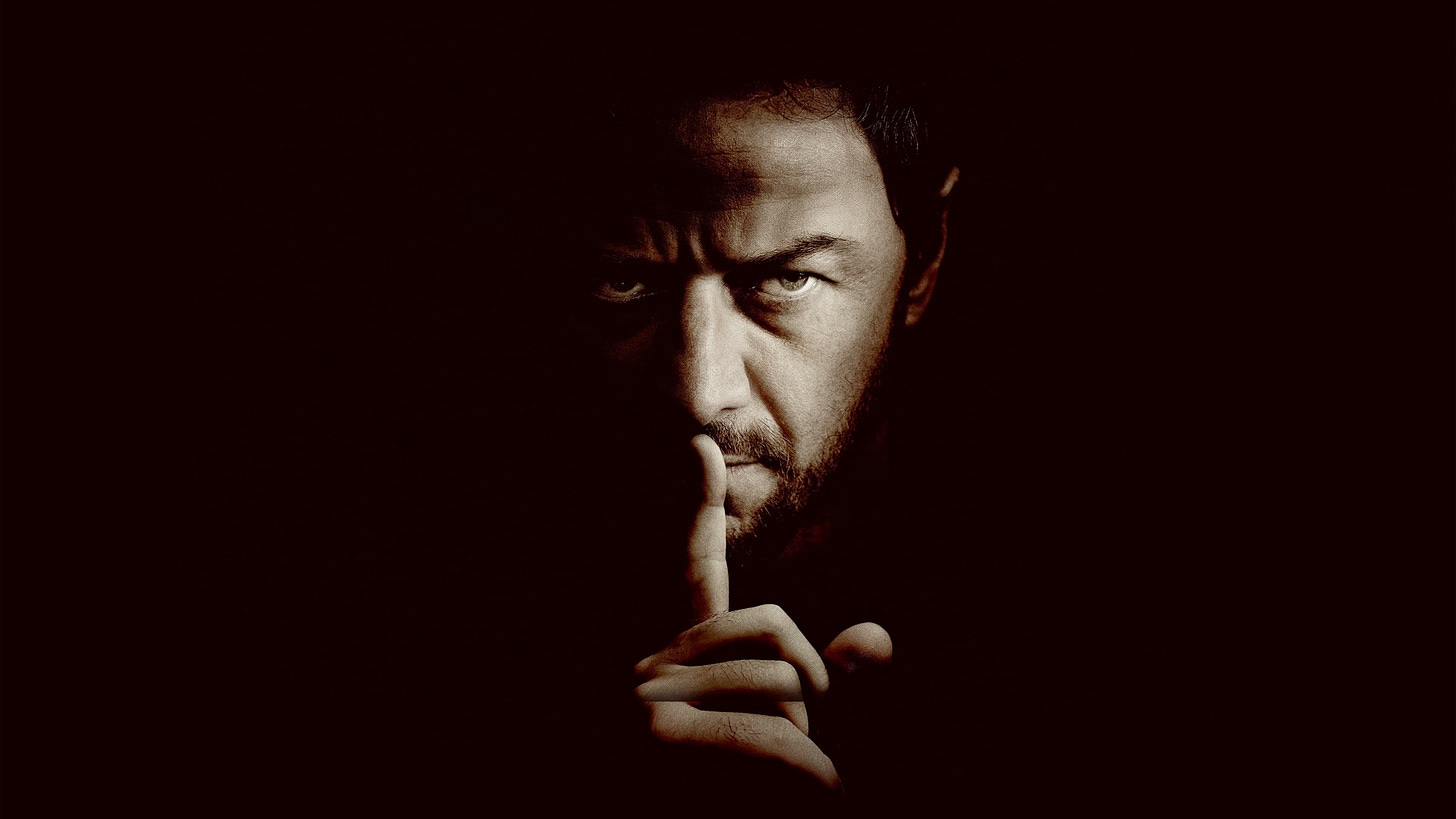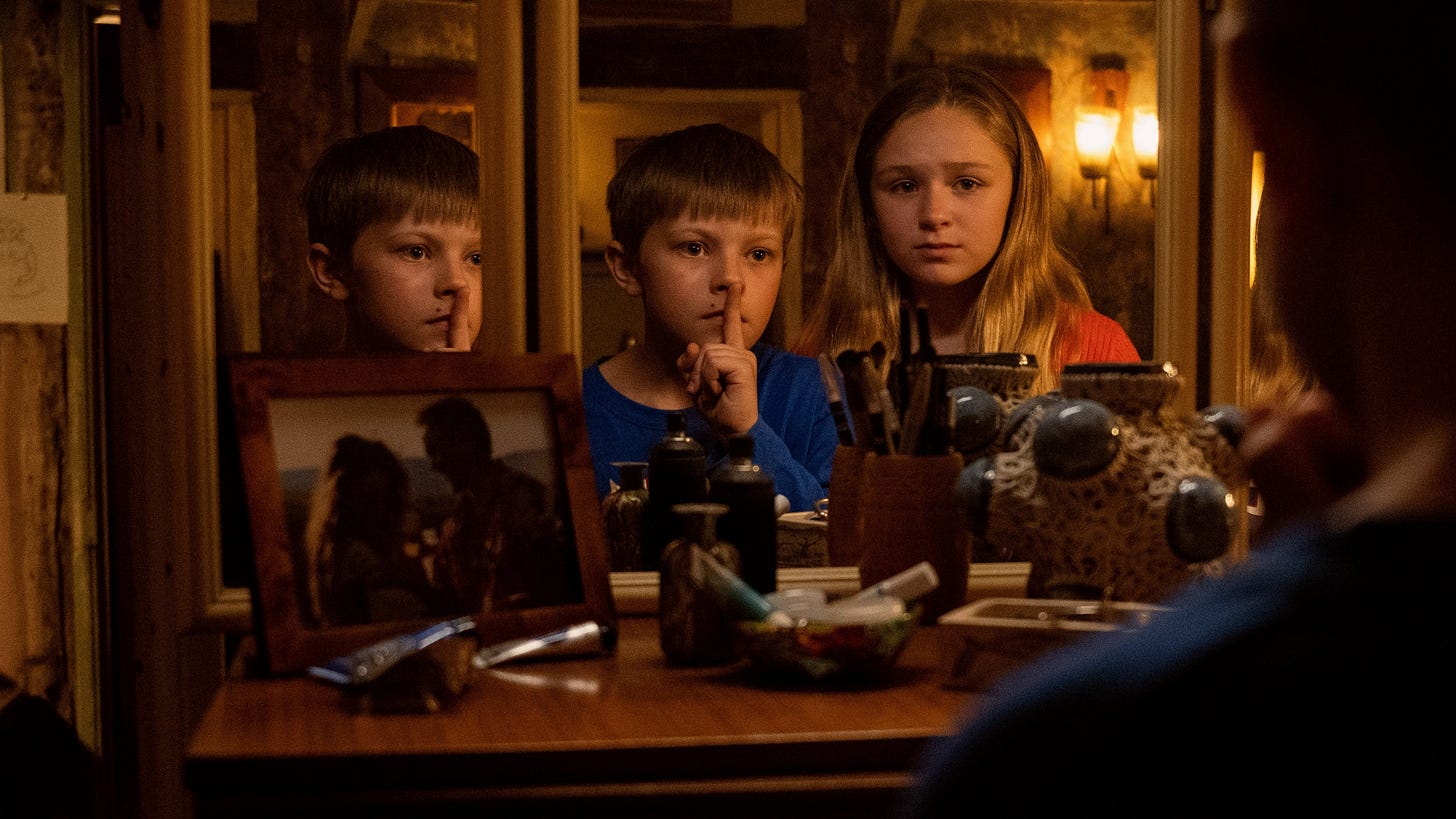SPEAK NO EVIL (2024) adds a few new notes to its American cover version of the original Danish horror
Trading the 2022 film's operatic bleakness and metaphor for more mainstream thrills, James Watkins' remake still finds ways to justify its existence.
“We can’t let on, yeah? We can’t look stressed or scared. We just have to go out there, and be completely normal.”
Did this remake of the original, already-mostly-English-speaking Speak No Evil really need to be made at all, let alone only two years after its source material came out?
No, it did not.
Is the first half of this Americanised/Britified version basically a beat-for-beat carbon copy of everything the original did first, with only a handful of superficial alterations?
Yes, it is.
Does this redo ultimately have less of the sheer visceral, haunting impact left by the original’s stunningly bleak outcome, thanks to this remix more explicitly spelling out motivations the original left disturbingly ambiguous, as well as changing the course of events to allow for an action-packed ending that may be more satisfying, but also feels like it compromisingly shrinks away from the depths of true horror the original was unafraid to depict?
Oh, for sure.
But what James Watkins’ reimagining of Speak No Evil does have going for it, and which thankfully tips it over from inessential to worthwhile, are a couple of sizeable factors.
For one, there’s James McAvoy’s faultless, terrifying performance, nimbly switching from affable charm to shark-eyed menace at the drop of a hat, which is never anything less than utterly compelling to watch.
But the biggest positive I found to appreciate comes with a small, but ingenious tweak Watkins makes to the story that genuinely enriches the plot in a way the original Speak No Evil could have benefited from, which is the newfound focus placed on the child characters, and their point of view of what’s happening around them.
To say much more on that front would spoil both versions of the film, but I can say that Watkins was wise to add some meat to the bones of this aspect of the plot. (He even made the whole thing with the daughter’s stuffed bunny toy a lot less infuriating, and have more understandably sympathetic significance that’s easier to swallow. One could argue he didn’t necessarily need to “fix” that aspect of the plot, but that’s a matter of subjective taste.)
This dovetails with the remake’s third act going in a different direction from its predecessor, which sees the film take a turn towards wish fulfilment for what the audience would’ve wanted to see the main characters do in the original. Smarter, more proactive decisions are made, and in so doing, Watkins sadistically strings you along with the suspense built around characters subtly dancing around each other’s suspicions as to what the other does or doesn’t know about what’s going on.
If you had never seen the original, Watkins’ Speak No Evil would be a handsome, rock-solid psychological horror thriller that puts you through the wringer, leads you down some dark paths, yet ultimately leaves you thoroughly satiated as you come out the other side of the experience. It’s only when you compare it to Christian Tafdrup’s 2022 original that you see where the Blumhouse remake somewhat defanged it in translation, excising the previous unforgettably harrowing conclusion in favour of a comparatively more comforting alternative, shielding the viewer from the pitiless darkness Tafdrup’s film unflinchingly confronted.
Still good though!








